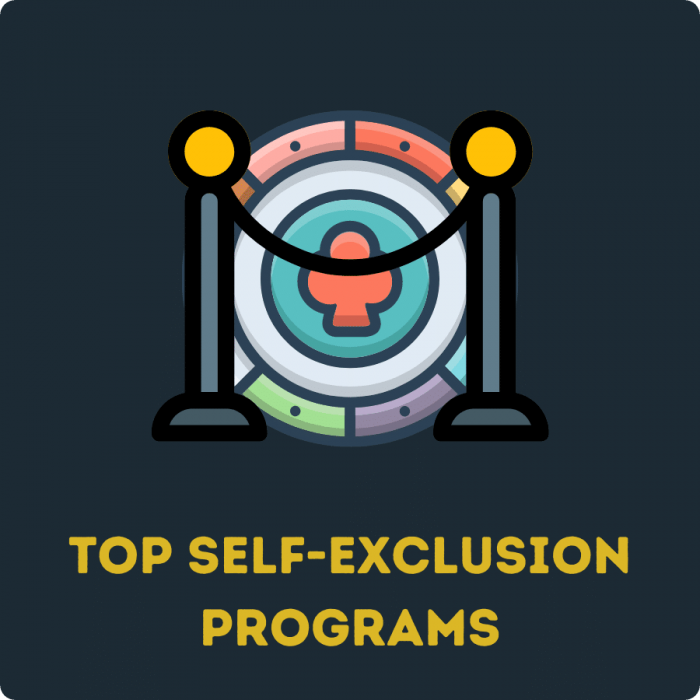In today’s fast-paced world, technology plays a crucial role in our daily lives. From smartphones to laptops, we rely on these devices for communication, work, entertainment, and more. However, with the increasing presence of technology in society, concerns about addiction and overuse have become more prevalent. This is where self-exclusion programs come in.
What are Self-Exclusion Programs?
Self-exclusion programs are tools designed to help individuals limit or control their use of technology. These programs allow users to set limits on the amount of time they spend on certain apps or websites, block access to specific content, or even completely restrict their access to the internet. By giving users more control over their digital habits, self-exclusion programs can help prevent addiction and promote healthier technology use.
The Rise of Technology Addiction
In recent years, concerns about technology addiction have grown. With the constant stream of notifications, emails, and social media updates vying for our attention, it’s easy to see how people can become addicted to their devices. This addiction can have serious consequences, affecting everything from mental health to relationships and work performance. Self-exclusion programs offer a way for individuals to regain control over their digital habits and break free from the cycle of addiction.
Benefits of Self-Exclusion Programs
There are several benefits to using self-exclusion programs. One of the most significant benefits is the ability to set boundaries and limits on your technology use. By setting specific time limits or blocking access to certain websites, users can create a healthier balance between their online and offline lives. This can help prevent burnout, improve focus and productivity, and promote overall well-being.
Self-exclusion programs can also be an essential tool for individuals struggling with technology addiction. By limiting their access to devices or certain apps, users can break free from the constant urge to check their phones or browse social media. This can help reduce anxiety and stress, improve sleep quality, and strengthen personal relationships.
How to Implement Self-Exclusion Programs
If you’re interested in incorporating self-exclusion programs into your daily routine, there are several options available. Many smartphones and computers now come equipped with built-in features that allow users to set screen time limits, block specific websites, or restrict access to certain apps. Additionally, there are a variety of third-party apps and software programs that offer more advanced features and customization options.
When implementing a self-exclusion program, it’s essential to set realistic goals and boundaries. Start by identifying your most significant technology triggers and setting limits on your use of those devices or apps. Gradually increase these limits over time as you become more comfortable with your new digital habits. Remember that self-exclusion programs are meant to help you create a healthier balance, not punish you for using technology.
Conclusion
Self-exclusion programs are becoming increasingly important in today’s tech-saturated world. By giving users more control over their digital habits, these programs can help prevent addiction, reduce stress, and improve overall well-being. Whether you’re looking to break free from technology addiction or simply create a healthier balance between your online and offline life, self-exclusion programs can be a valuable tool in achieving your goals.
Consider implementing a self-exclusion program today and take the first step towards a more mindful and balanced relationship with technology.


